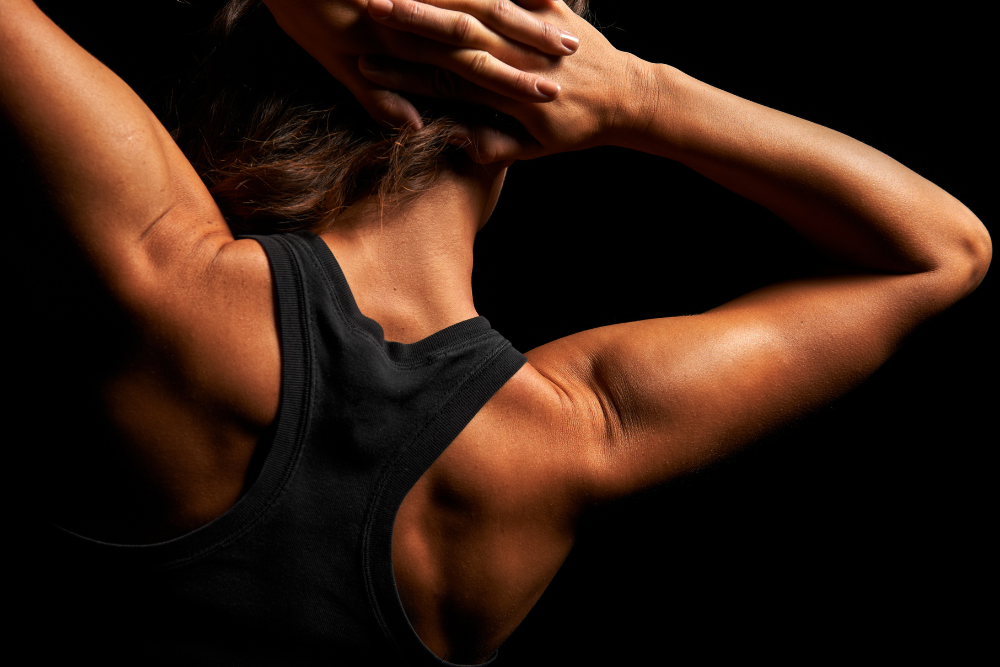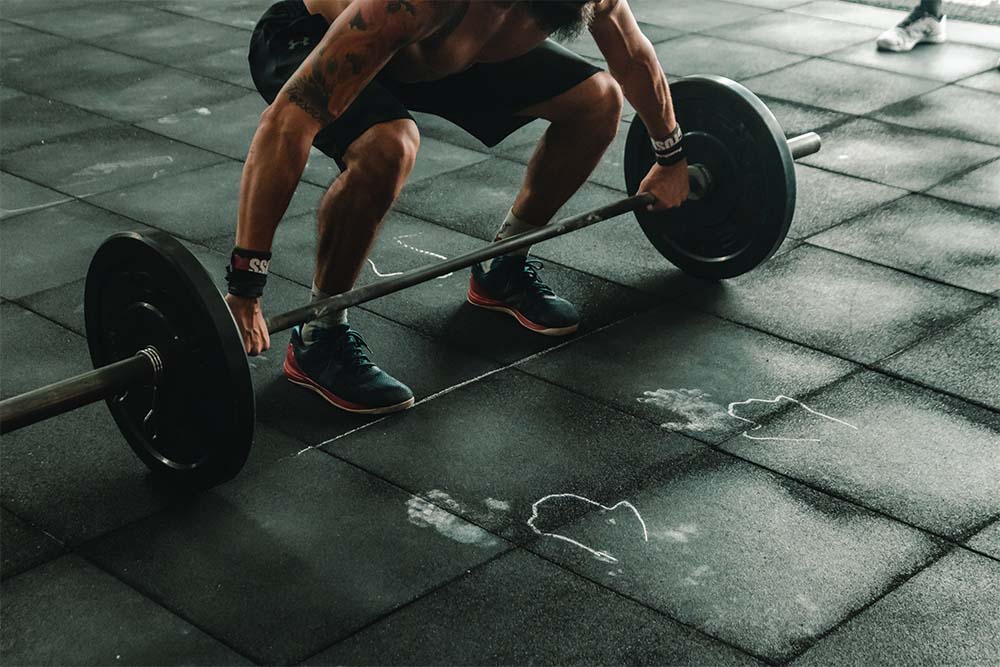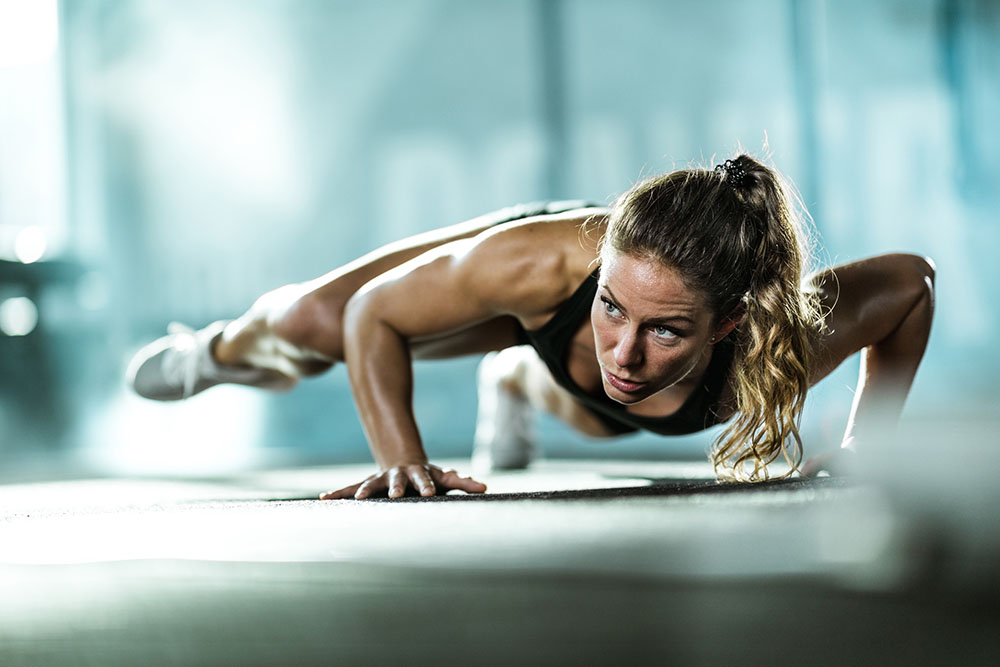The Trap Bar Deadlift: Improve Your Athletic Performance
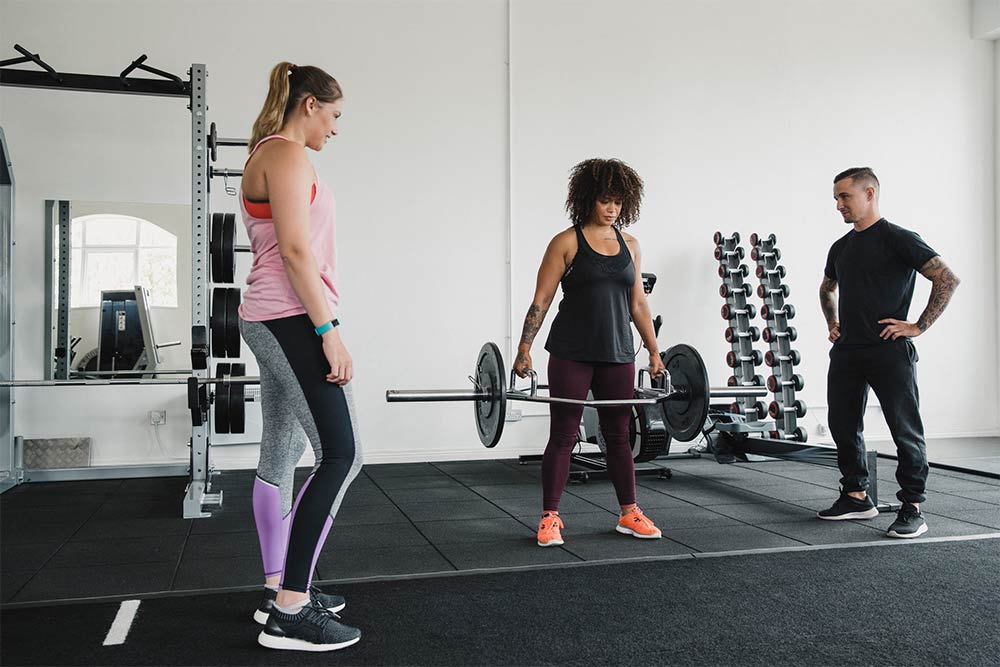
Hunter Bennett
When it comes to improving athletic performance, strength training is king. It can maximize force production, enhance power development, and ultimately make you a more robust and explosive athlete.
However, there is a bit of a caveat here.
You see, the way in which you chose to implement strength training is of the utmost importance. Strength training places a heavy load on the body. This means that there is only a finite number of exercises you can use per session before you start to load the body too much.
In short, you want to choose those exercises that offer the most bang for your buck – which is exactly where the trap bar deadlift enters the discussion.
What is a trap bar deadlift?
Most of you know what a barbell is – those long chunks of metal that allow you to load plates on either end?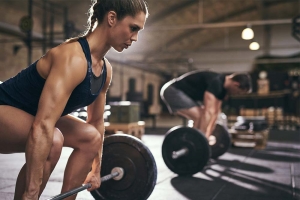
Yep, those guys.
Now, one of the most common exercises you can perform with the barbell is the deadlift. This powerful movement has you standing with the bar up against your shins, in which you bend at the knees and hips (keeping your back straight), grab the bar, drive your legs into the ground and then rip into a standing position.
This great movement is renowned for the load it places on your entire lower body, and of course, the way it emphasizes your posterior chain.
And to put it simply, the trap bar deadlift is a specific variation of this.
Trap bars are a type of barbell that has been designed using a hexagonal shape (hence the reason that they are also known as ‘hex bars’). Obviously, these bars also have sections at either end that allow you to load on your weight plates.
As a point of difference, this specific bar has handles on either side. As a result, it allows you to grip the bar with a neutral grip, rather than an overhand grip which is used with a traditional barbell setup. Most trap bars also come with two sets of handles – ‘low’ handles and ‘high’ handles.
Taking all of this into consideration, a trap bar deadlift is an exercise where you stand inside the trap bar, grab the handles, drive your legs into the ground, and stand up tall.
Related Article: The 7 Myths of Weightlifting
What is the difference between trap bar deadlift, squats, and deadlifts?
First and foremost, with a trap bar deadlift, the load is distributed around your body. This is markedly different to a traditional deadlift, where the load sits in front of your body, or a squat, where the load is placed on top of the body (Anderson, 2018; Lake, 2018).
This immediately reduces the amount of shear force distributed through the spine, which makes it a great option for those individuals who suffer from any sort of back pain.
Secondly, the movement pattern used during a trap bar deadlift actually sits somewhat between a traditional squat and a traditional deadlift. This is because the bar placement allows you to remain a little bit more upright than a barbell deadlift, but still load through the hips more than a barbell back squat.
As a result, it is a great hybrid movement that has the potential to improve squat specific strength, while also allowing you to develop posterior chain strength and power.
Finally, because of the advantageous torso position that a trap bar allows, it is likely that you will be able to lift more weight during a trap bar deadlift than you would during a squat or barbell deadlift – which is actually pretty important (although I’ll touch on this later).
Does the trap bar deadlift cause different muscle activation?
Again, because of the more upright torso position used during a trap bar deadlift, you do see some slight differences in muscle activation in comparison to a traditional barbell deadlift. These differences include (Camara, 2016; Swinton, 2011):
- Increased activation of the quadriceps muscle groups
- Reduced activation of the hamstring muscle groups
- Similar activation of the gluteus muscle groups
- Similar activation of the spinal erector muscle group
This suggest that for those individuals who are strictly training to maximize hamstring development, the straight barbell deadlift may be a better option – however, when it comes to improving athletic performance, the trap bar deadlift can have some rather positive implications.
Which leads us to our next point quite nicely…
What are the benefits of trap bar deadlift?
You know that the trap bar allows you to use more load than both the traditional squat and deadlift – but I what I failed to mention earlier is the fact that that the trap bar deadlift also results in much higher power outputs than these movements (Camara, 2016; Swinton, 2011).
This means that for any given load, you can move the bar faster, and in a more explosive manner.
This is incredibly important because it means that if you are training the trap bar deadlift, it is going to have better carryover to explosive movements such as jumping, sprinting, bounding, and changing direction.
In short, it is better for improving nearly all aspects of athletic performance – which is a damn impressive benefit!
In conjunction with this, the trap bar deadlift has a couple of other positives that are worthy of mention:
- It is often easier to learn: because it requires less balance, and reduces the load through your spine, is much easier to learn.
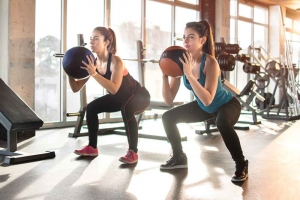
- It is more adaptable for people with limited mobility: because you have the option to use the higher handles, it can be easily implemented in people who don’t have the mobility required to get into the bottom position of a normal squat or deadlift safely (this also makes it a great option for taller athletes).
- Less risk of losing spinal position under load: again, because the bar is not placed in front of your body, you are at a much lower risk of losing your spine position during the movement.
With all this in mind, the trap bar deadlift really is one of the most bang for your buck movements on the planet.
How to use the trap bar for the best results
When it comes to implementing the trap bar deadlift into your training, the same principals apply as they would to any other movement. This means using loading parameters that target the specific training quality you are aiming to improve.
These are:
- Muscle endurance: 2-4 sets of 15-25 repetitions using light to moderate loads.
- Muscle hypertrophy (muscle growth): 3-5 sets of 8-12 repetitions using moderate loads
- Muscle strength: 3-6 sets of 1-6 repetitions using heavy loads
- Muscle power: 3-10 sets of 1-6 repetitions using light loads moved as explosively as possible
If you stick to these, you really cannot go wrong.
How to perform the trap bar deadlift
I have already outlined the basics to performing the trap bar deadlift earlier in the article, but I wanted to give you a step-by-step guide to performing the movement so you can start using it immediately (Lockie, 2017).
- With a loaded trap bar, stand in the middle of the bar and grab both handles.
- Squat down while pushing your bum back towards the wall behind you. You should feel the tension in your glutes and hamstrings, and you should be looking forward with your head and chest kept up nice and tall.
- Begin the movement by driving your feet into the ground, while extending your hips and knees. Keep your chest up tall, and squeeze your glutes HARD at the top of the movement.
- Proceed to lower the weight back to the ground under control with your back straight in preparation for the next repetition.
Simple!
Related Article: The Best Glute Exercises: How to fire your glutes!
Example of a trap bar workout for athletic development
Taking all of the above into consideration, I wanted to provide a little bit of insight into how you can implement the trap bar into your own training if your goal is to strictly improve athletic performance (Weakley, 2018).
The following trap bar workout prioritizes the development of strength and power, and strictly uses the trap bar to load all of the movements.
Not only is this little workout a whole lot of fun, but also is also extremely effective – so enjoy!

While I can say with certainty that this trap bar workout will not be easy, it is very effective – and very worth it!
Take Home Message
The trap bar deadlift is one of the most useful exercises you have in your training toolbox. Not only is it easy to learn and extremely back friendly, but it also has extremely high carryover to numerous athletic movements.
This makes it the perfect option for athlete and weekend warrior alike!
So, if you have access to a trap bar, try it out and let us know how you go – we would love to hear from you!
References
Camara, Kevin D., et al. “An examination of muscle activation and power characteristics while performing the deadlift exercise with straight and hexagonal barbells.” The Journal of Strength & Conditioning Research 30.5 (2016): 1183-1188.
Swinton, Paul A., et al. “A biomechanical analysis of straight and hexagonal barbell deadlifts using submaximal loads.” The Journal of Strength & Conditioning Research 25.7 (2011): 2000-2009.
Andersen, Vidar, et al. “Electromyographic Comparison of Barbell Deadlift, Hex Bar Deadlift, and Hip Thrust Exercises: A Cross-Over Study.” The Journal of Strength & Conditioning Research 32.3 (2018): 587-593.
Lake, Jason, et al. “Effect of a hexagonal barbell on the mechanical demand of deadlift performance.” Sports 5.4 (2017): 82.
Lockie, Robert G., and Adrina Lazar. “Exercise Technique: Applying the Hexagonal Bar to Strength and Power Training.” Strength & Conditioning Journal 39.5 (2017): 24-32.
Weakley, Jonathon JS, et al. “Jump Training in Rugby Union Players: Barbell or Hexagonal Bar?.” variations (eg, body mass and training status) 10.26 (2018): 27.


